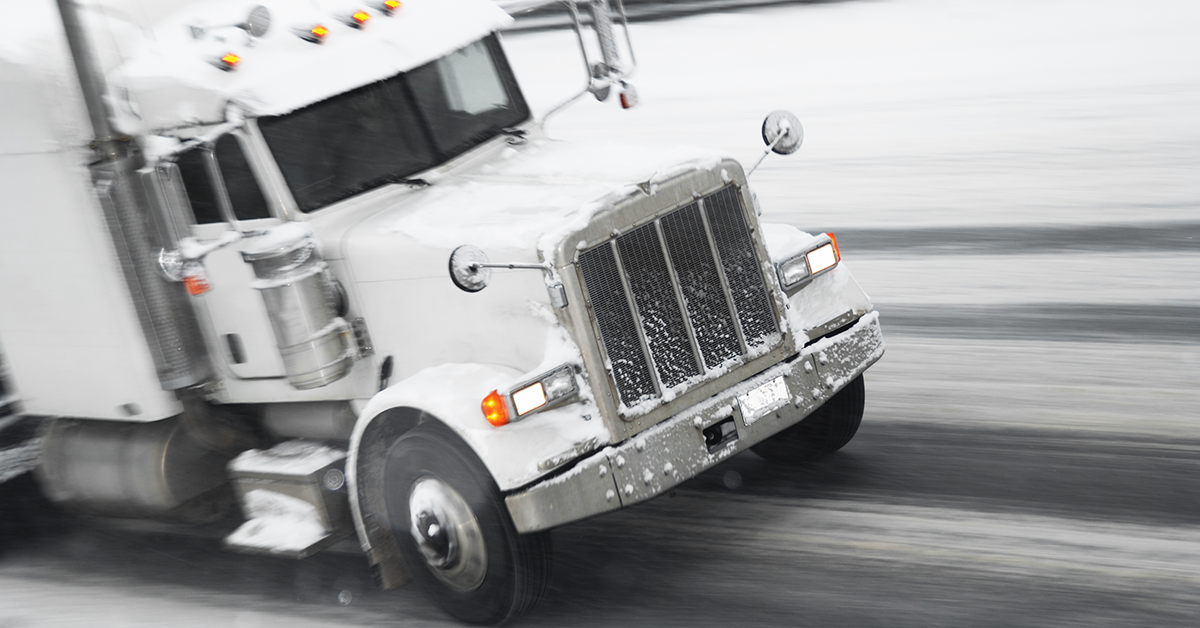Drive smart around big trucks, buses, and emergency vehicles
Drive smart around big trucks, buses, and emergency vehicles

Each year, thousands die in accidents involving large trucks, buses, and emergency vehicles. It is important for everyone to understand laws and safety issues related to large vehicles, how these drivers see road conditions and how they maneuver. To help all drivers share the road safely, AAA has created a national safety campaign, Share with Care. In addition to raising awareness and providing education, AAA is also working to ensure federal guidelines for the trucking industry protect all motorists.
Federal law restricts the length and weight of tractor-semitrailers on the road under the Transportation Equity Act for the 21st Century (TEA-21). However, 21 states allow exemptions that put bigger, heavier trucks on the roads. AAA opposes these exemptions as well as any efforts to allow larger heavier trucks on the road for three reasons:
- Safety
- Impact on the infrastructure
- Overwhelming concerns of AAA Members.
AAA has a number of safety publications. These tips are from Share with Care: Sharing the Road Safely, which is available from your local AAA office.
Motorists:
- Trucks create wind gusts. Keep both hands on the wheel when you pass a truck or when a truck passes you.
- Leave plenty of room between you and a truck when stopping on a hill. Trucks may roll back as the driver takes his or her foot off the brake.
- Don’t speed up when a truck is passing you. Instead, stay to the right and slow down slightly. Let the truck pass you. This will give the truck driver room to pass safely and get you out of the truck’s blind spot faster.
- If a truck driver is signaling to change lanes, give the driver space. An average truck changing lanes at highway speeds needs an eight-second gap or 700 feet – the length of 2 1/2 football fields.
Truck drivers:
- Double-check your mirrors before turning right. Motorists may not know that you need to swing wide to the left to make a right turn and they may not realize that you are turning.
- Signal early and often when maneuvering through and around intersections. In heavy traffic, motorists who drive alongside the truck may not see your turn signal. Signaling early gives motorists the information they need to decide whether or not to pull alongside you.
- Don’t tailgate. It makes motorists uneasy to have 80,000 pounds of truck on their rear bumper.
- Leave extra space between your truck and cars around you whenever possible. Many motorists don’t know how long it takes a truck to stop or how much room you need to pass safely.
- Use proper parking areas when pulling off the road. Trucks are four times more likely to be rear-ended than cars. It is especially important to use designated parking areas. If you can’t do this, pull completely off the road and set out flares, safety triangles or other devices to alert drivers.
Prepare yourself for all driving situations with driver training from AAA. Whether you're a new driver or you have experience behind the wheel, AAA can help you be a safer driver.